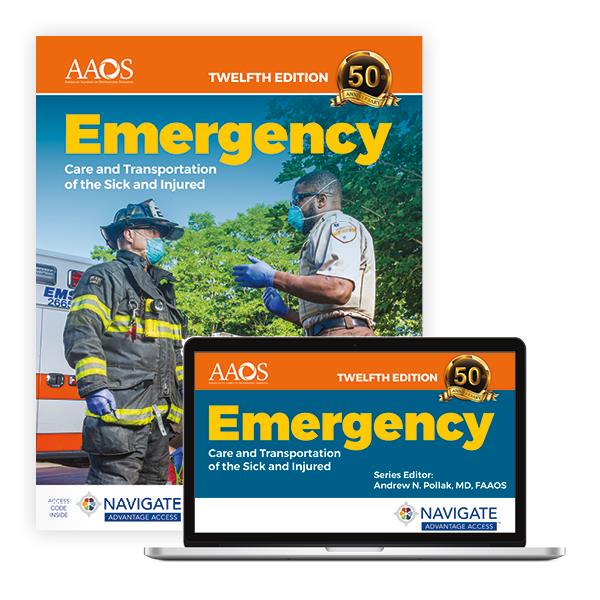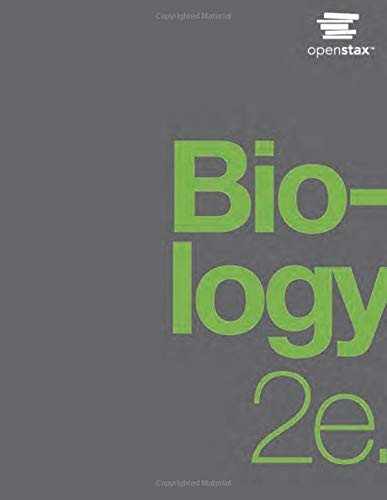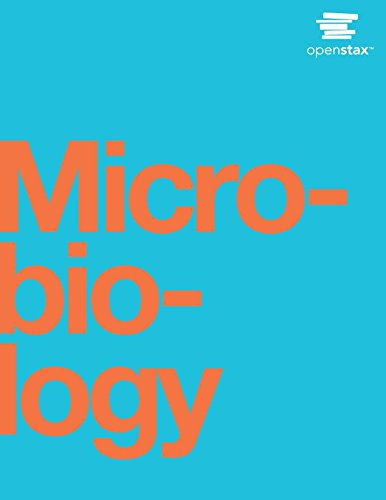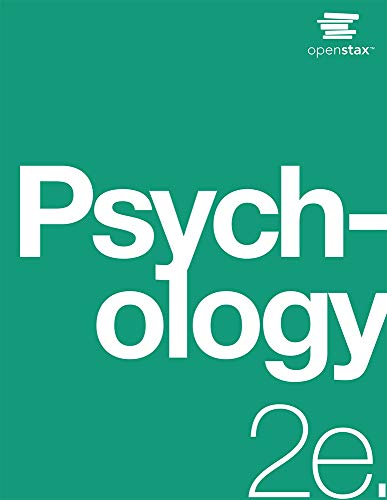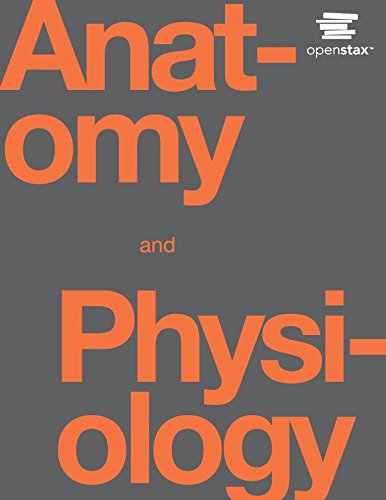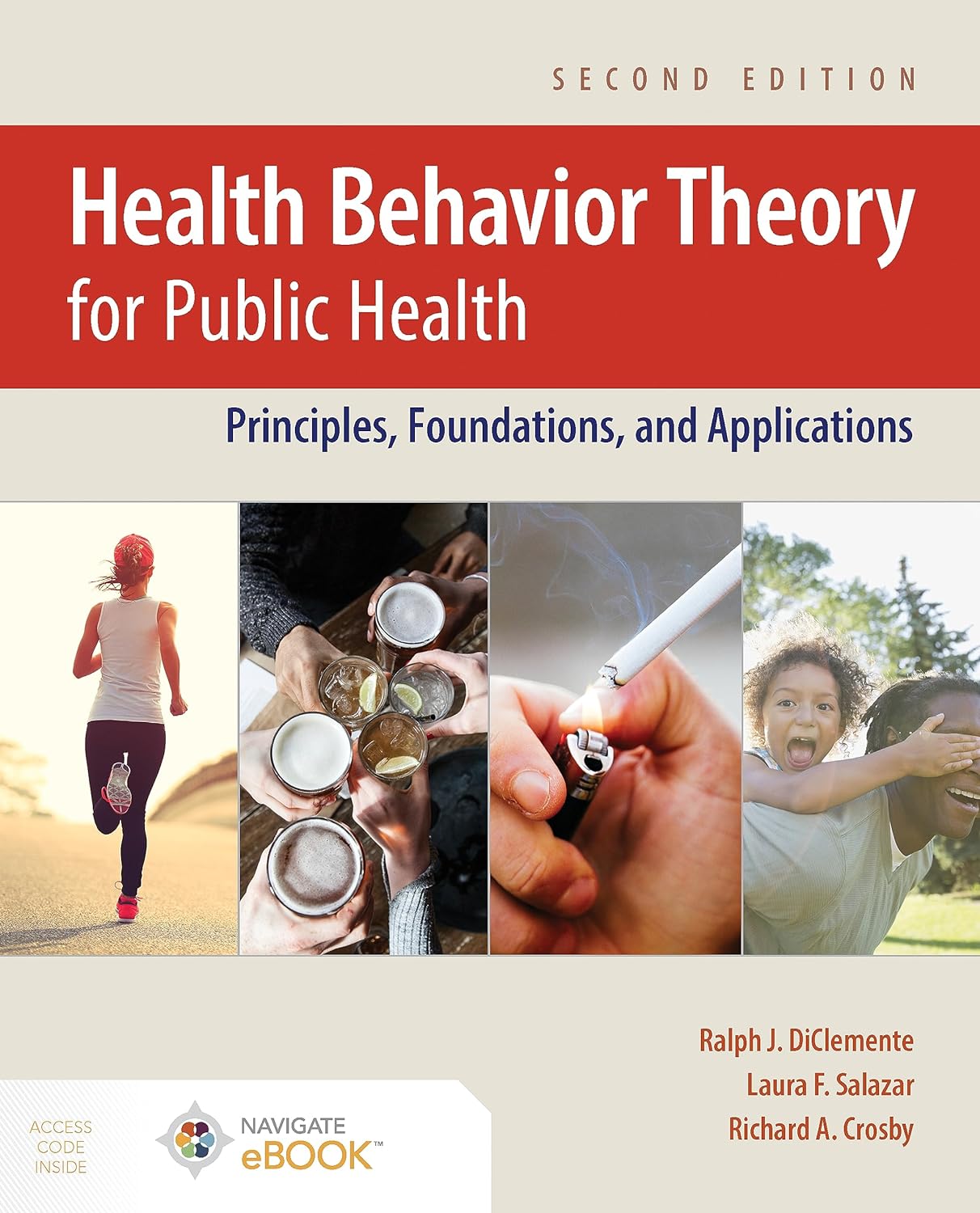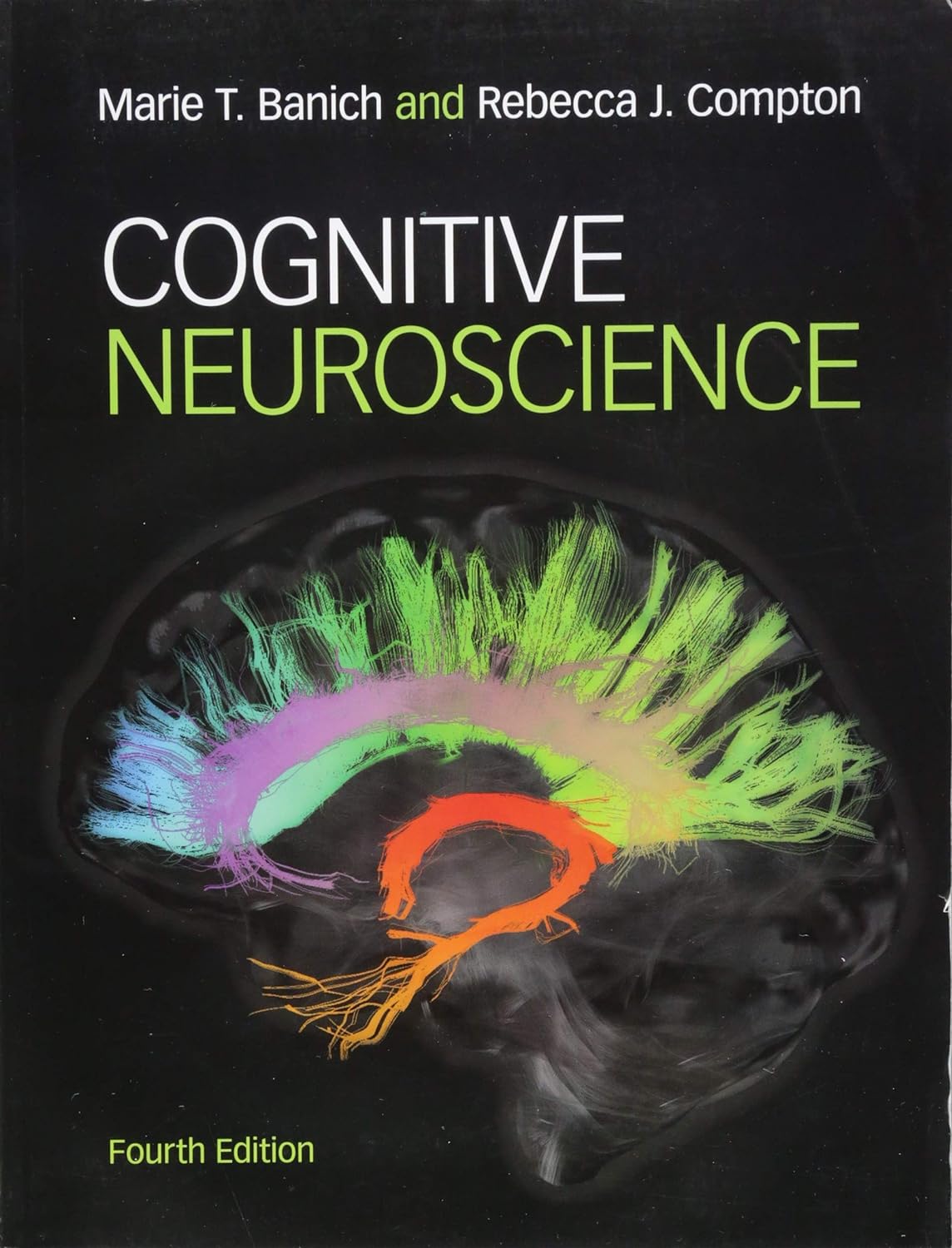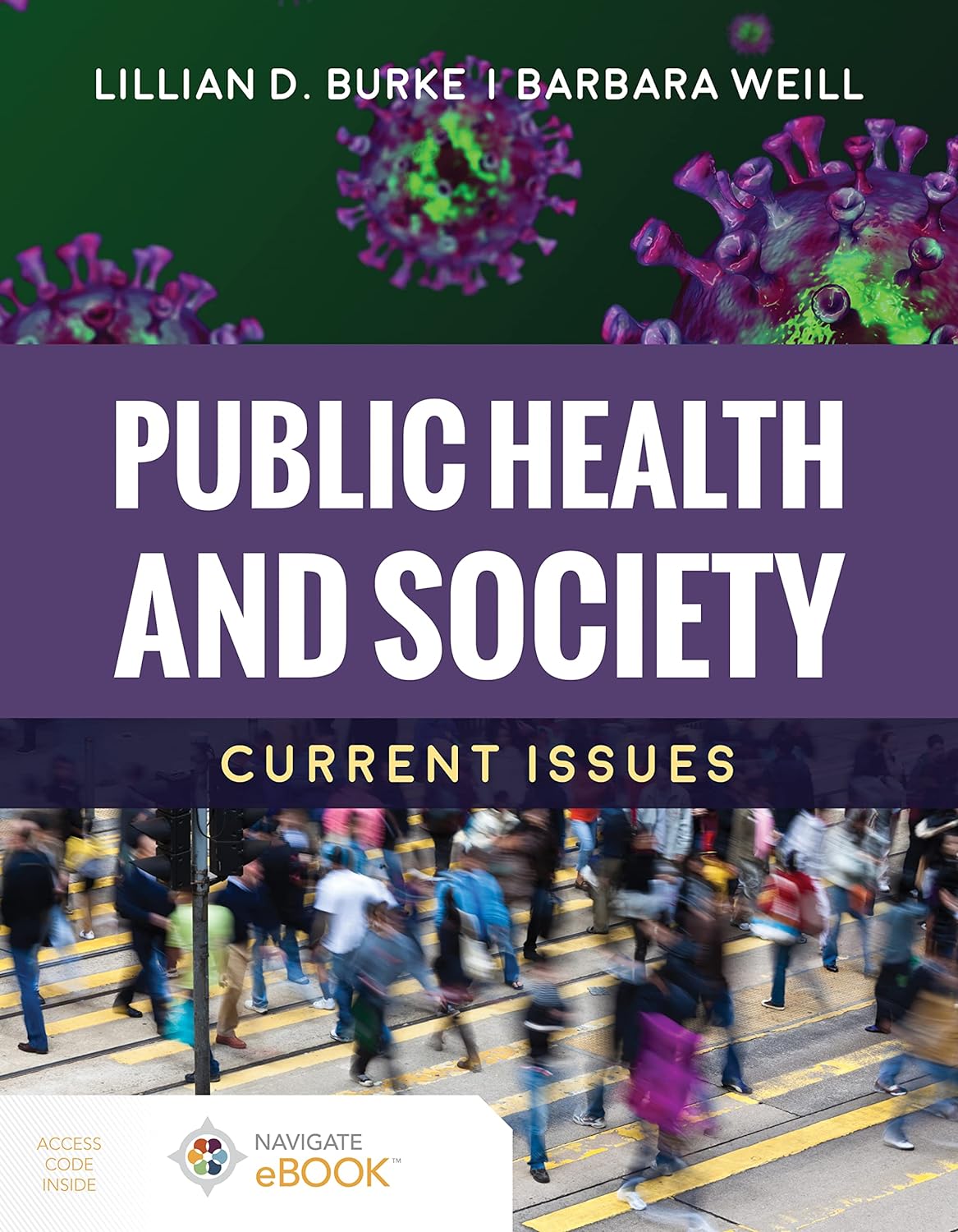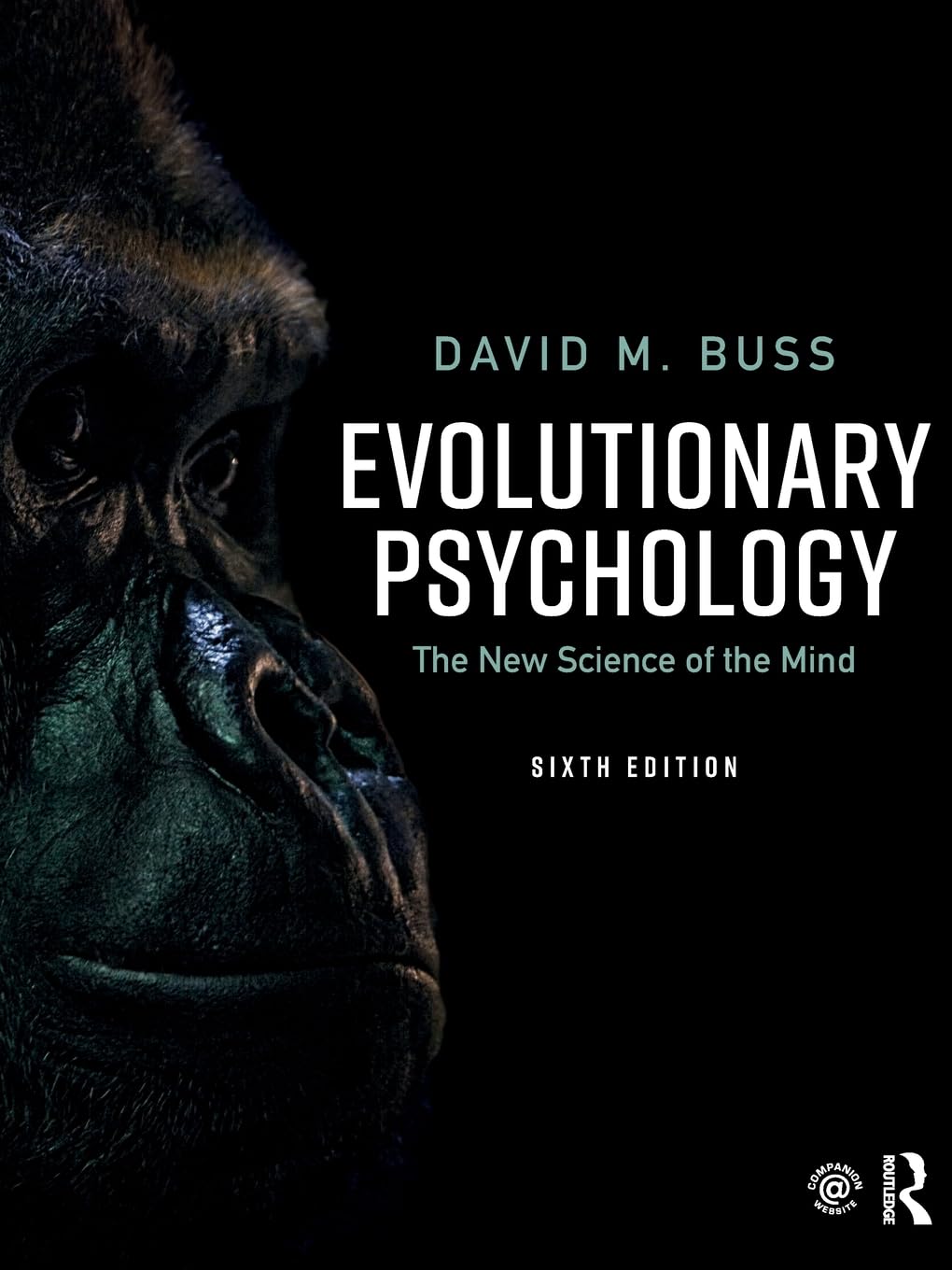#1 Test Bank Provider
Test Bank Best Seller
-
Downloadable Test Bank- Emergency Care and Transportation of the Sick and Injured – 12E
$39.00Rated 5.00 out of 52 -
-
-
Most Viewed
-
Downloadable Test Bank- Emergency Care and Transportation of the Sick and Injured – 12E
$39.00Rated 5.00 out of 52 -
-
-
Latest Test Bank For Textbooks
What Client Says

As a student, I was having a tough time studying for my exams until I got my hands on the test bank. It was an absolute game-changer! The questions were challenging but they helped me understand the material easily. The test bank was especially helpful because it provided me with answers to questions.
Anna California

I recently purchased the test bank and it was excellent! The practice questions were incredibly helpful in preparing for my exam, and I felt much more confident going into it. The questions were well-written and covered all of the important topics that I needed to know.
Jennifer New Jersey

As an undergraduate student, I found the test bank to be a great resource for passing my exams. The questions were thorough and covered all the important topics in a clear and concise way. If you want to take your grades to the next level, then the test bank is definitely worth the investment.
Lisa Florida

I'm a student who has struggled with exams for years, but the test bank has completely changed my academic performance. I used to be a failing student who barely passed classes, but now I'm an A+ student thanks to this incredible tool.
Steffani Washington
Join the community
Enter your email address to receive regular updates, as well as news on upcoming events and specific offers.


